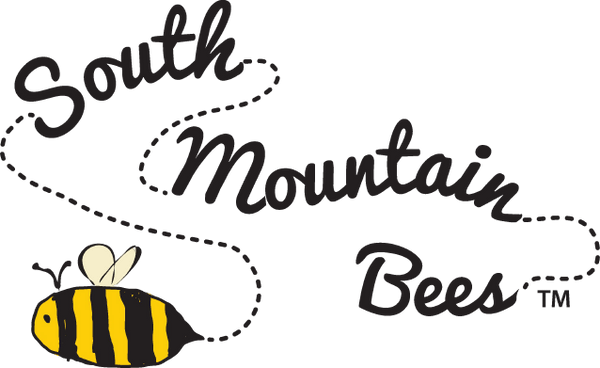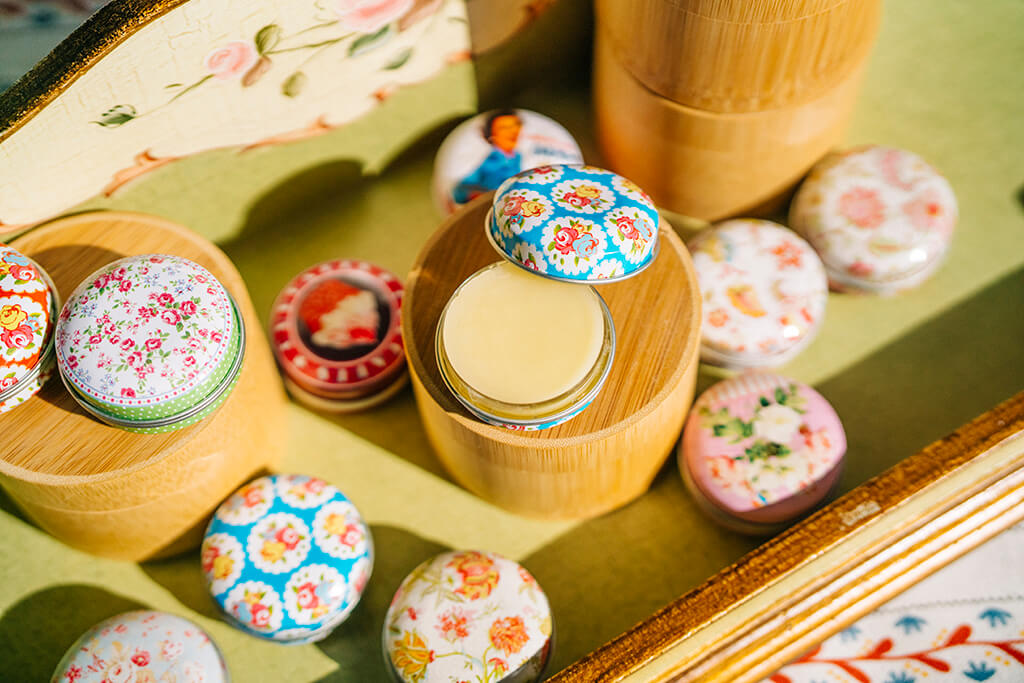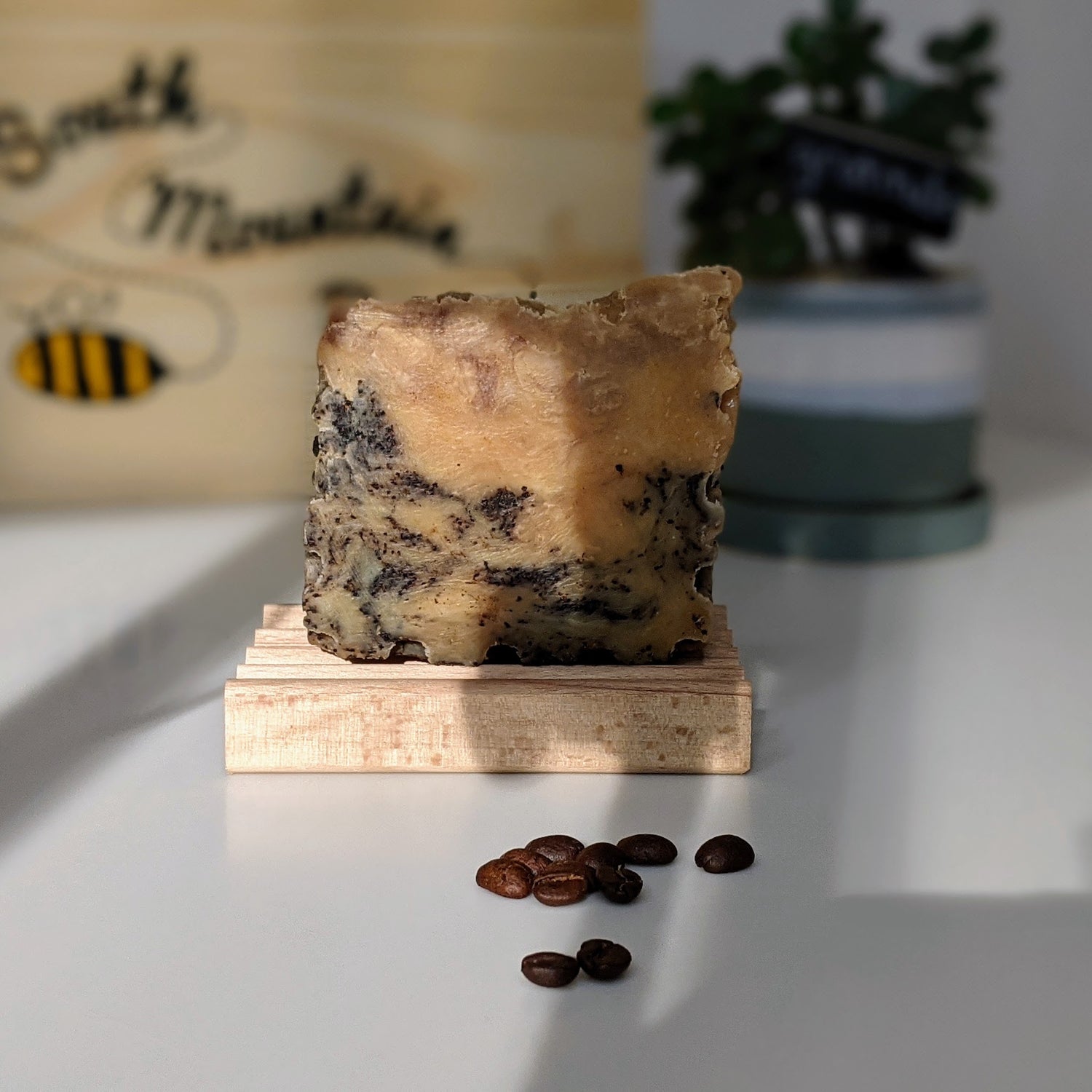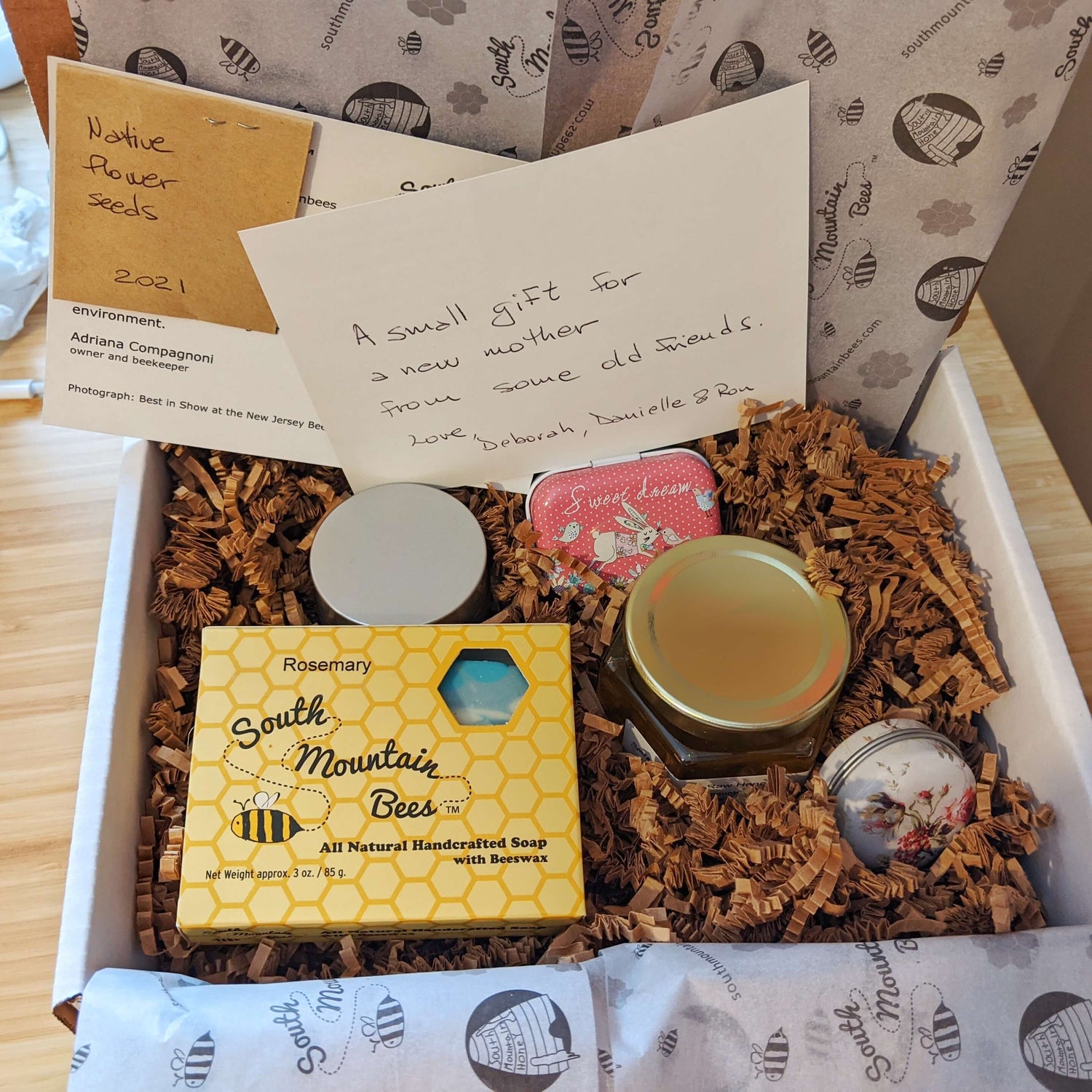Hi! This is Adriana, the beekeeper from South Mountain Bees.
If you want to take advantage of garden center sales, this is a good time to get late season plants, and if you want to plan for next year, remember that pollinators need food from March to November, and while there's plenty of nectar and pollen in the spring and early summer, there's a lot less available in late summer and during fall.
So here are a few examples of what's blooming right now in our garden. One of my favorites, balloon flowers start blooming in early July and go well into August. It's a native and a strong perennial. Plant it once and it will keep coming back.

Cone flowers are a magnet for pollinators and they also have a long blooming season right at the hottest time of the summer.

Coreopsis come in many forms and colors, some are tall and leggy and some are bushy. I like this one because it looks like the flowers are just suspended in the air.

Rudbeckia hirta, commonly known as black-eyed Susan, is also a great choice for a summer blooming plant that supports pollinators. The insect that you see on it is actually a fly . It's called hoverfly, also known as flower fly. Flies are the most important pollinators, only second to bees, according to Connie Schmotzer, Penn State Extension educator and Master Gardening Program coordinator. Some flies are parasitic, and besides being beneficial pollinators, they help get rid garden pests.

Clethra alnifolia o sweet pepperbush is a great adition to the garden. It smells delicious, and it starts blooming when the summer dearth hits.
As I mentioned in an earlier blog post, I attended a virtual seminar from Penn State Extension on gardening for pollinators by Connie Schmotzer, and she suggested many native plants to attract not only bees, butterflies, and flies, but also beetles, wasps, moths and hummingbirds. These are a few examples: red maple, redbud, blueberry, aster, Virginia bluebells, merry bells, wild geranium, monarda, milkweed, goldenrod, Ohio spiderwort, culver's root, mountain mint, Joe Pye weed, and Virginia mint .
Have fun gardening!




